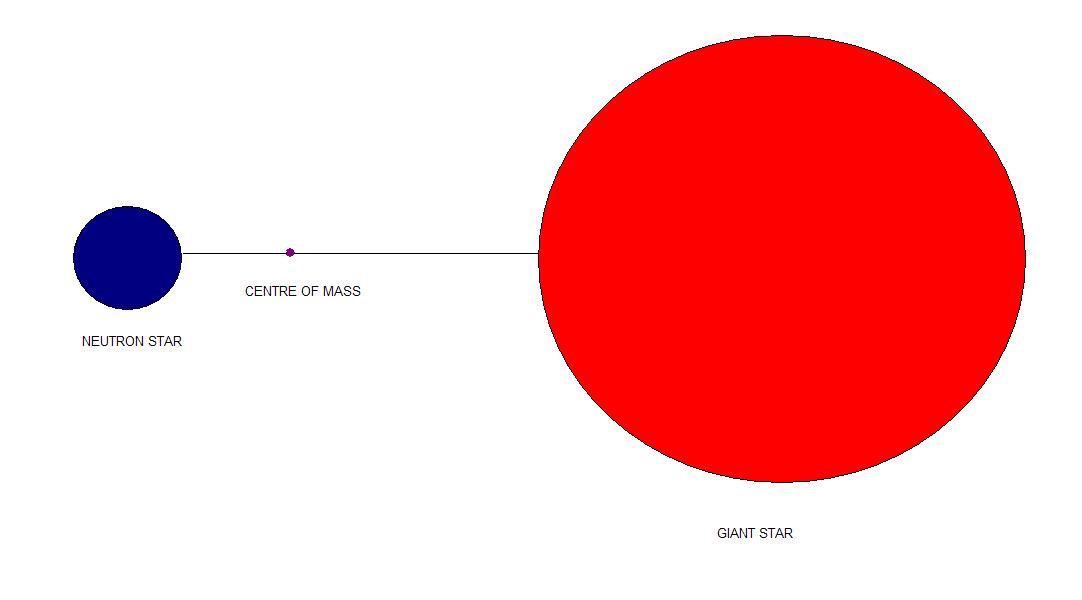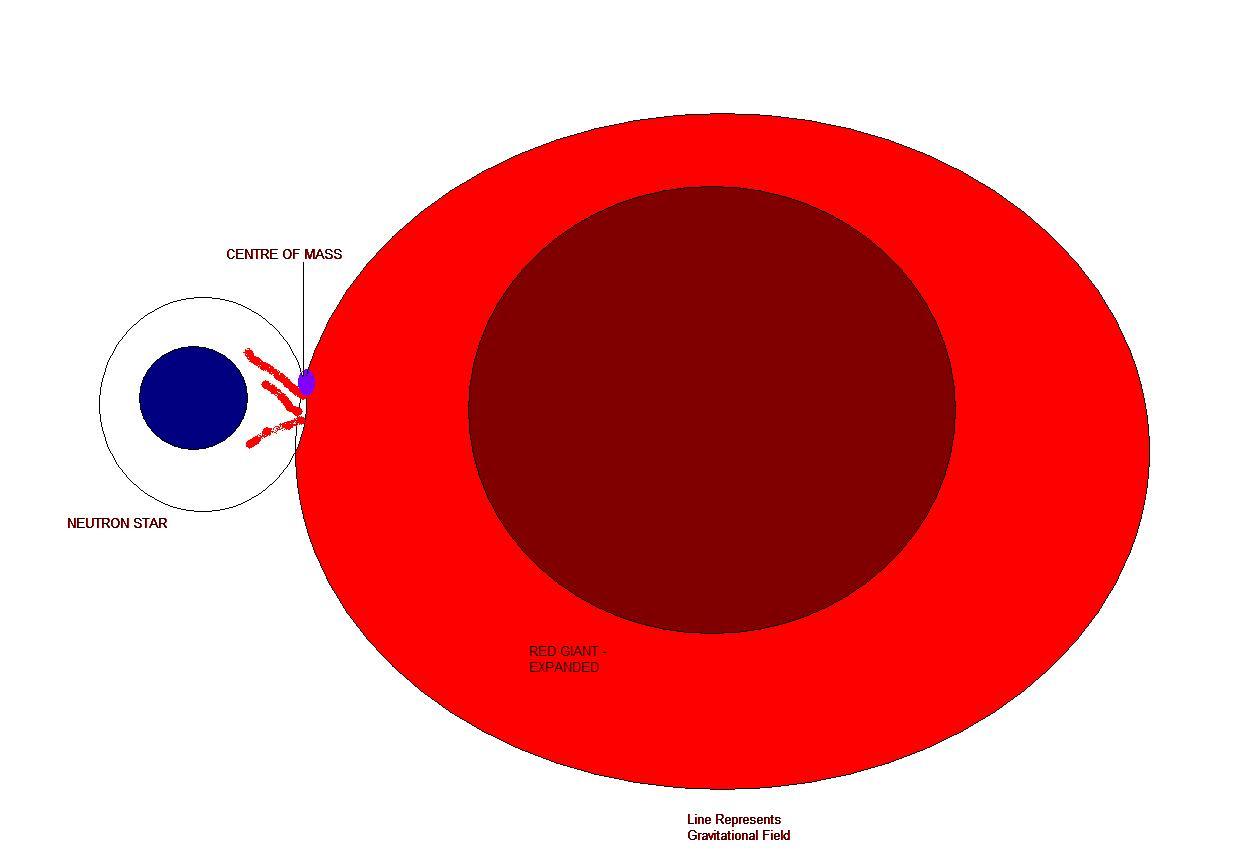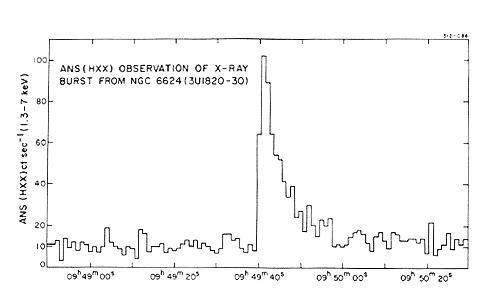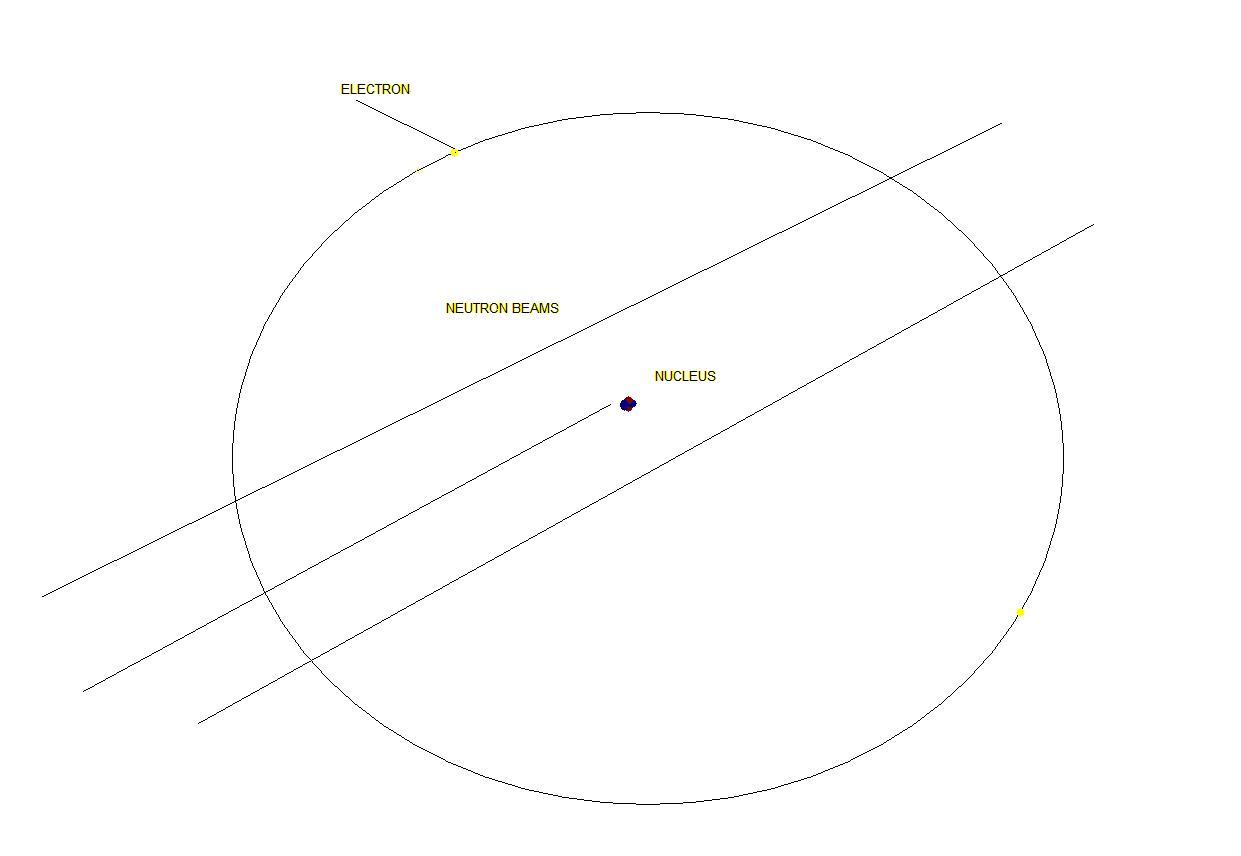It's Friday and it's my last day with the TUDA group. The TUDA researchers are trying to discover what happens when stars explode. This week was fun; I've learned a great amount about star explosions, particle detectors, and the dry wit of the British! I can only hope to convey half as much of the excitement to you as I've experienced.
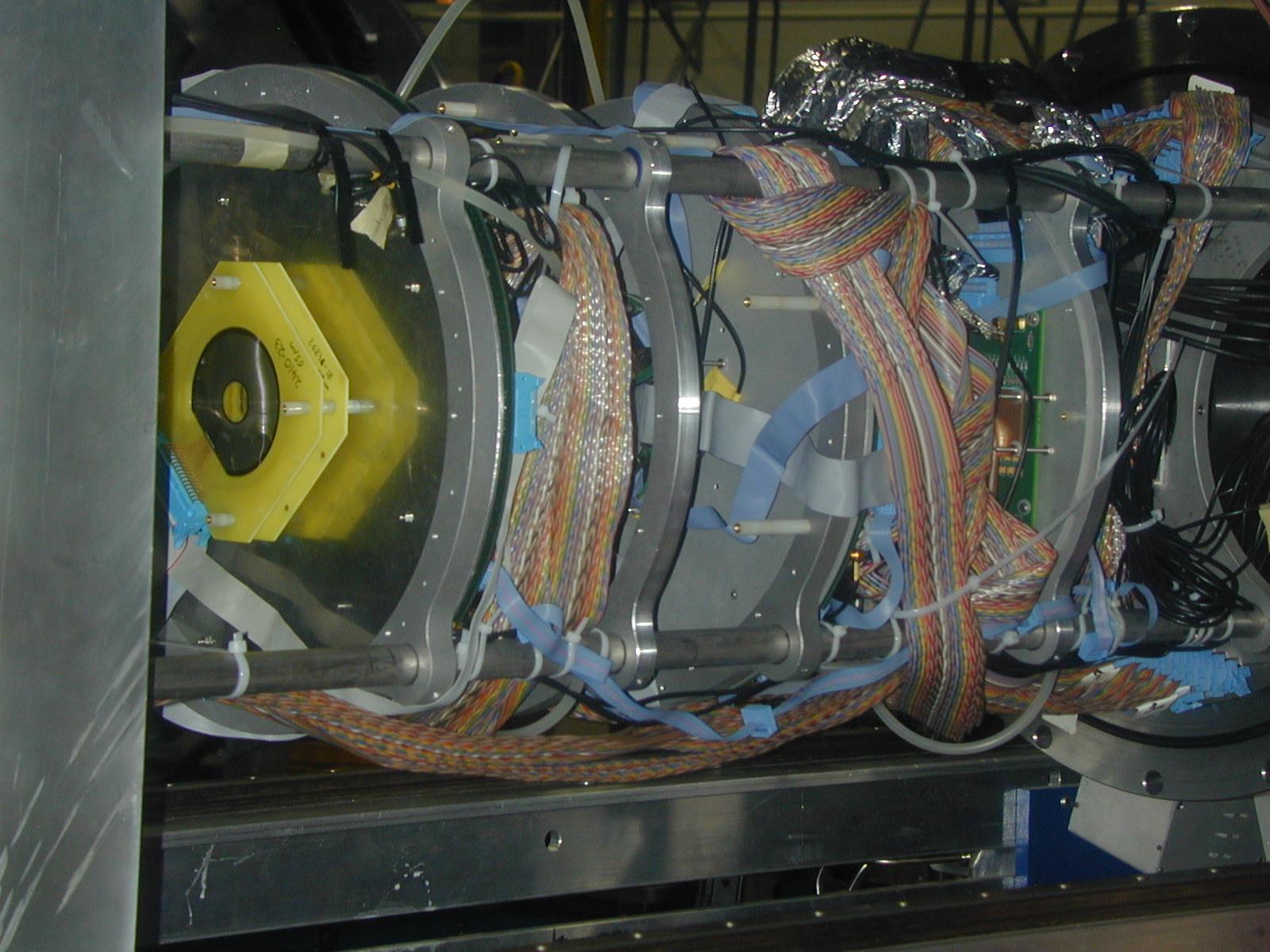 | 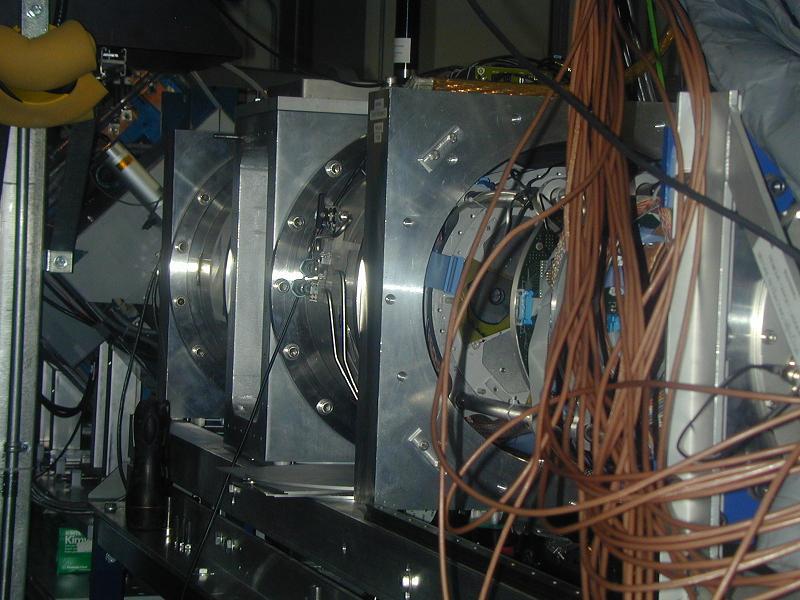 |
| A section of the experimental apparatus of TUDA | Another photograph of the TUDA apparatus |
In space, sometimes two stars are attracted by each other's gravitational field. So, they (sort of) orbit each other. Between the two stars there is a point, called the "centre of mass", which acts like the spot where all the mass is concentrated (See Figure 1). It would be most correct to say the two stars are orbiting this "centre of mass". Near the end of its existence, the biggest star (the "Giant Star") expands out. Gravity (represented by circle lines) restricts the bigger star's expansion. When the big star expands so much, some of its mass comes into contact with the smaller star's gravitational field; the smaller star then sucks up some of the bigger star's matter (see Figure 2). After the smaller star has sucked up a lot of matter from the bigger one, it emits a lot of x-rays (an x-ray "burst"). Astronomers on earth see this burst as a spike on a graph (see Figure 3).
Reactions similar to what happens in this star explosion (nova) can be recreated in a lab. Other groups have done experiments like this, but their results don't match. So TUDA is trying to repeat their experiments and determine which, if any, group is right. These reactions occur with very high energy in a nova. To mimic high energy reactions, particles are sped up (accelerated) in a particle accelerator and shot at a nucleus (called the "target") of an atom (see Figure 4). The small particles can either hit or miss a nucleus. If they hit the nucleus, they bounce off the nucleus and back into a (backwards) detector. If they miss the nucleus they continue to go forward and hit a forward detector. Depending on the data we get from the detectors, we can determine the size of the nucleus. Two other groups have tried this with a specific type of nucleus. The problem is that the nuclei measurements of those two different experiments failed to match up. TUDA is doing experiments to find out which group is right.
There was a lot of planning while I was with the TUDA group but the actual experiment didn't begin until Friday at 8:30 pm. Friday was my last day with the group and, after some ingenious modifications, they got the experiment to work. Using the particle detectors they have detected magnesium and the data looks good.
I've learned a lot from my time with the TUDA group. Pat Walden was very helpful, willing (and eager) to explain any part of the research. He directed me to one of his online articles on nuclei cross-sections and even had the hospitality to give me a ride home after I had been at TUDA, observing the experiment, well into Friday evening. Marialuisa Aliotta and Tom Davinson, both from the University of Edinburgh, also helped me understand the experiment. By about midweek Phil Woods showed up. He's another person from the University of Edinburgh involved in TUDA. Woods was a lively man with an strong, if pointed, sense of wit. Anffany was a High School Fellow who was also learning about TUDA's research, albeit at a much more advanced stage than I.
After a single week I progressed far into a field I had heard little of before: experimental nuclear astrophysics. It may be a mouthful to say and it takes effort to understand the basics of it. But after spending the effort to know at least some of it, you're a better person. Could you expect anything less of a field that studies exploding stars!
By: Dylon Martin
| Figure 1: Two stars orbiting around their centre of mass. The "centre of mass" is a point in space between the two stars that acts like all the mass is concentrated in that one spot. |
Figure 2: Start of a star explosion.
| Figure 3: Example of an x-ray burst. |
Figure 4: Example of neutron (very, very small) particles being shot at a nucleus (a group of very small particles). |

